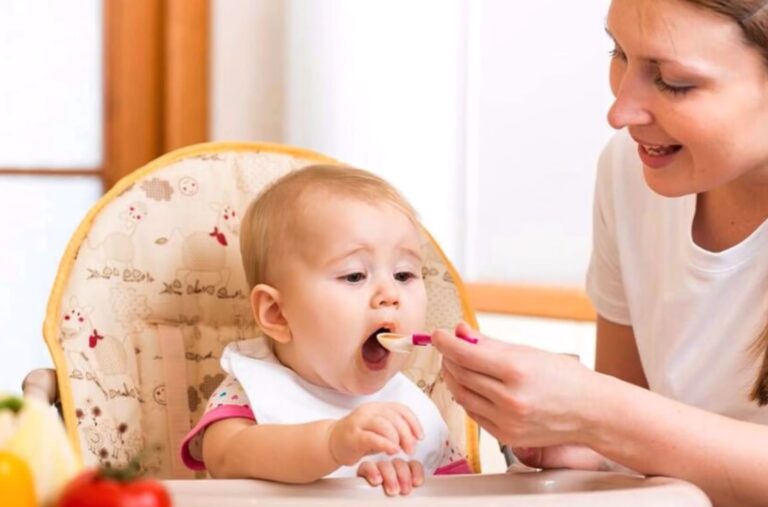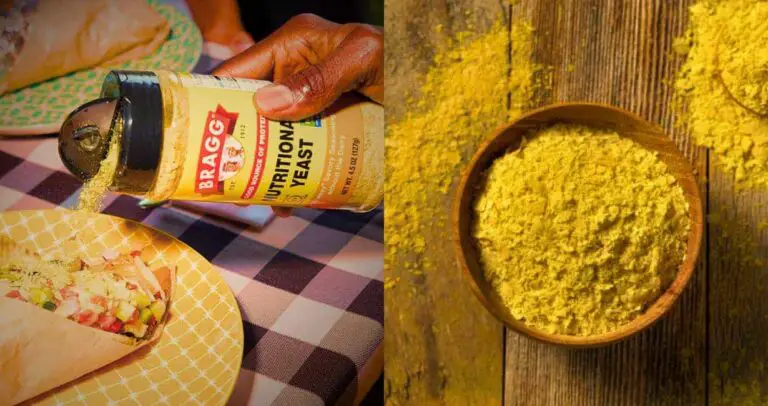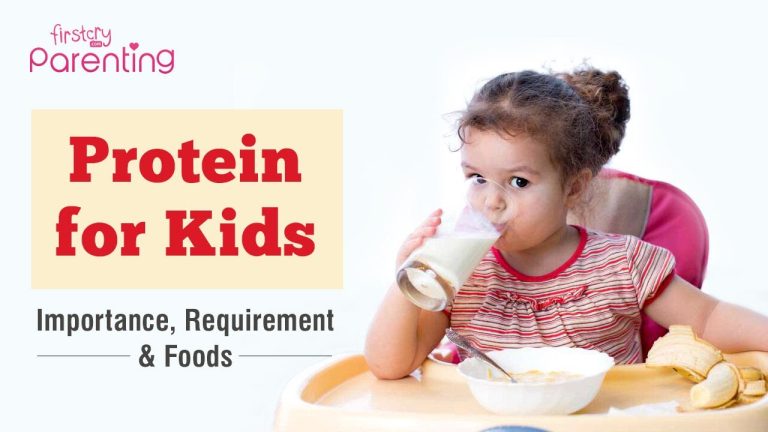Nutritional yeast recipes for baby

Nutritional yeast recipes for babies are a nutritious and delicious way to introduce flavor and essential nutrients to their diet. We will explore some simple and healthy recipes that incorporate nutritional yeast, providing your little one with a boost of vitamins and minerals for optimal growth and development.
Whether you’re looking for purees, finger foods, or snacks, these recipes are sure to be a hit with your baby. Get ready to add a new level of taste and nutrition to your baby’s meals with the power of nutritional yeast.
Safety Guidelines For Introducing Nutritional Yeast To Babies

Introduce nutritional yeast to your baby safely with these essential guidelines. Learn how to incorporate this nutritious ingredient into your baby’s diet with these easy and delicious recipes. Ensure your baby’s safety and promote their healthy development.
Nutritional yeast is a versatile and nutritious ingredient that can be introduced to your baby’s diet once they are ready for solid foods. However, it is important to follow some safety guidelines to ensure a smooth and safe transition. Here are some points to keep in mind when introducing nutritional yeast to your little one:
When To Introduce Nutritional Yeast:
- Consult with your pediatrician before introducing nutritional yeast to your baby’s diet, especially if they have any underlying health conditions or allergies.
- Most experts suggest waiting until your baby is around 6 to 8 months old before introducing nutritional yeast. This allows their digestive system to develop and reduces the risk of allergies or sensitivities.
Potential Allergies Or Sensitivities:
It’s essential to keep a close eye on your baby for any signs of allergies or sensitivities when introducing nutritional yeast. Here are some things to consider:
- Start by introducing small amounts of nutritional yeast and observe your baby’s reaction. Look out for any signs of discomfort, such as skin rashes, digestive issues, or breathing difficulties.
- If your baby has a history of allergies or sensitivities, it is advisable to consult with their pediatrician before introducing nutritional yeast.
- Nutritional yeast is a common allergen for some babies, so it is important to remain vigilant and watch for any adverse reactions.
Age-Appropriate Serving Sizes:
The appropriate serving size of nutritional yeast for your baby depends on their age and developmental stage. Here are some general guidelines to follow:
- For babies between 6 to 8 months old, start with a small pinch (approximately 1/8 to 1/4 teaspoon) mixed into their pureed or mashed foods.
- As your baby grows and becomes more accustomed to nutritional yeast, you can gradually increase the serving size up to 1 to 2 teaspoons per serving.
- Always remember to introduce new foods one at a time and wait for a few days before adding more to monitor any potential adverse reactions.
Incorporating nutritional yeast into your baby’s diet can be a nutrient-rich and flavorful addition. By following these safety guidelines and closely monitoring your baby’s response, you can introduce nutritional yeast to their meals confidently. Remember, every baby is unique, so consulting with your pediatrician is always a good idea before introducing any new food into their diet.
Nutritional Yeast Baby Food Recipes

Discover a wide range of nutritious yeast-based baby food recipes that are perfect for introducing your little one to new flavors and textures. Packed with essential vitamins and minerals, these recipes are a tasty and healthy addition to your baby’s diet.
If you want to introduce solid foods to your baby, it’s essential to provide them with nutrients that support their growth and development. Nutritional yeast, commonly known as “nooch,” is a versatile ingredient that not only adds a cheesy flavor to dishes but also offers a range of health benefits.
If you’re looking for nutritious and delicious baby food recipes, incorporating nutritional yeast is a fantastic idea. Here are three simple and wholesome recipes that your little one will love:
Nutritional Yeast Rice Cereal:
- Cook one cup of rice cereal according to the package instructions.
- Once cooked, add two tablespoons of nutritional yeast to the cereal.
- Stir well to ensure that the nutritional yeast is evenly distributed.
- Serve the nourishing nutritional yeast rice cereal to your baby in a suitable serving size.
Cheesy Vegetable Puree With Nutritional Yeast:
- Steam a mix of baby-friendly vegetables such as carrots, peas, and butternut squash until tender.
- Place the steamed vegetables in a blender or food processor.
- Add one tablespoon of nutritional yeast and a small amount of water or breast milk for desired consistency.
- Blend until smooth and creamy.
- Serve the nutritious and cheesy vegetable puree to your baby.
Nutritional Yeast Sprinkle For Finger Foods:
- Take a tablespoon of nutritional yeast.
- Combine it with a pinch of salt and any optional seasoning like garlic powder or dried herbs.
- Mix well to create a flavorful sprinkle.
- Use this nutritional yeast sprinkle to add a delightful cheesy taste to your baby’s finger foods, such as roasted sweet potato fries or steamed broccoli florets.
These recipes provide wholesome and tasty options for your baby’s mealtime. Nutritional yeast brings a savory flavor profile to their dishes while offering essential nutrients like protein, B vitamins, and minerals. Experiment with different combinations of vegetables and grains to introduce a range of flavors and textures to your little one’s palate.
Tips And Tricks For Cooking With Nutritional Yeast For Babies
Let’s talk about valuable tips and tricks for cooking with nutritional yeast for your baby’s meals. Explore nutritional yeast recipes specially designed to provide essential nutrients for your little one’s healthy development.
Incorporating nutritional yeast into your baby’s diet can be a wonderful way to boost their nutrition and add a savory, cheesy flavor to their meals. Whether you’re an experienced cook or just starting your culinary journey, these tips and tricks will help you make the most of nutritional yeast in your baby’s recipes.
Storage And Shelf Life
- Nutritional yeast should be stored in a cool, dry place, away from direct sunlight, to maintain its freshness and flavor.
- It is best to keep nutritional yeast in an airtight container, such as a glass jar or a resealable bag, to prevent moisture from entering and spoiling it.
- When stored properly, nutritional yeast has a shelf life of about one to two years. Be sure to check the expiration date before using it in your baby’s recipes.
Incorporating Nutritional Yeast Into Existing Baby Recipes
- Sprinkle a small amount of nutritional yeast over your baby’s pureed vegetables or fruits to add a mild, cheesy flavor.
- Stir nutritional yeast into homemade baby cereals or porridges for an extra boost of essential vitamins and minerals.
- Mix nutritional yeast into mashed potatoes, sweet potatoes, or other root vegetables to create a rich and creamy texture.
Substituting Nutritional Yeast For Other Seasonings
- Replace salt with nutritional yeast in your baby’s recipes to reduce their sodium intake without sacrificing flavor.
- Use nutritional yeast as a replacement for artificial cheese powders in snack recipes, such as homemade baby teething biscuits or crackers.
- Experiment with adding nutritional yeast to different sauces and dressings to enhance their taste and nutritional profile.
Remember to introduce new foods one at a time to observe any potential allergies or sensitivities in your baby. As always, consult with your pediatrician before making any changes to your baby’s diet. With these tips and tricks, you can confidently incorporate nutritional yeast into your baby’s meals and provide them with the benefits of this versatile ingredient.
Frequently Asked Questions For Nutritional Yeast Recipes For Baby
Can You Give Nutritional Yeast To A Baby?
No, it is not recommended to give nutritional yeast to a baby.
How Do I Get My Child To Eat Nutritional Yeast?
To get your child to eat nutritional yeast, mix it into their favorite foods for added flavor and nutrition.
What Is Good To Mix With Nutritional Yeast?
Popular options to mix with nutritional yeast include popcorn, pasta, baked potatoes, roasted vegetables, and salad dressings.
Can You Just Sprinkle Nutritional Yeast On Food?
Yes, you can sprinkle nutritional yeast on food for added flavor and nutritional benefits.
When can babies have nutritional yeast?
Introducing nutritional yeast to babies should be done cautiously and at the appropriate age. It is generally recommended to wait until your baby is around 6 to 8 months old before introducing nutritional yeast.
Conclusion
Incorporating nutritional yeast into your baby’s diet opens up a world of delicious and nutritious possibilities. The recipes we’ve explored in this blog post are not only packed with essential vitamins and minerals, but they are also easy to prepare and sure to please even the pickiest young eaters.
From cheesy cauliflower bites to savory quinoa patties, you can introduce your little one to a range of flavors and textures that will help develop their taste buds and ensure they receive the nutrients they need for healthy growth and development.
So, why not give these nutritional yeast recipes a try? Your baby will thank you for the tasty and nourishing meals, and you can rest easy knowing you’re providing them with a balanced and nutrient-rich diet. Happy cooking!






